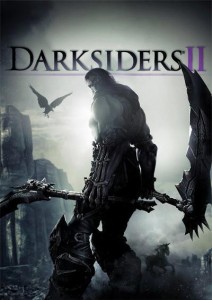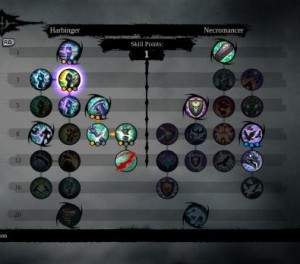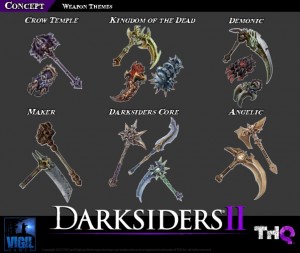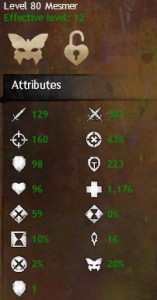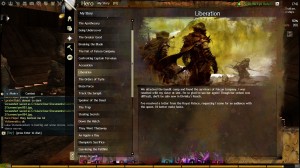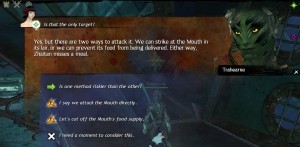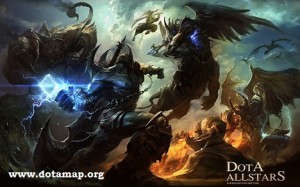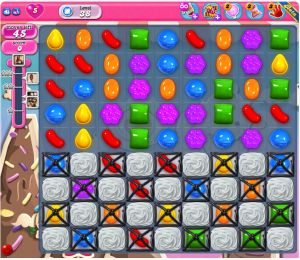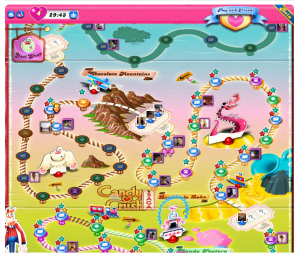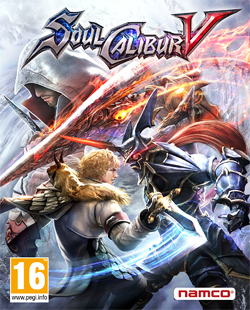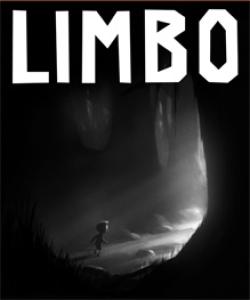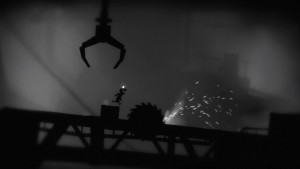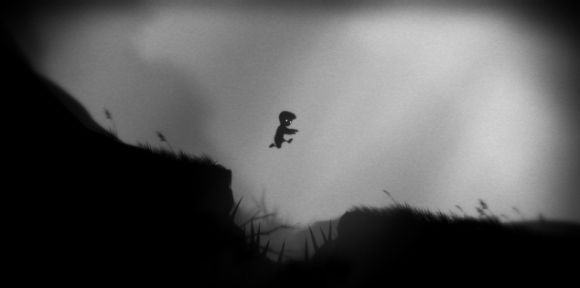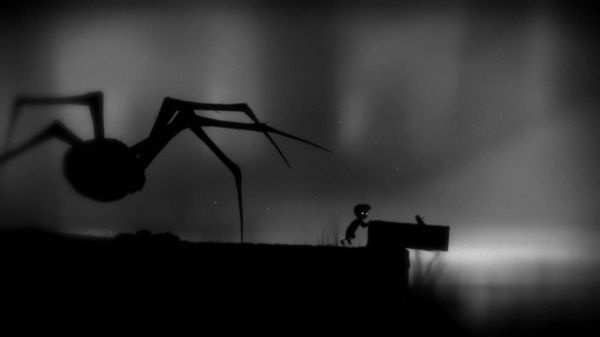
Gameplay video: http://www.youtube.com/watch?v=KcnWWNM4d4k
Review: http://asia.gamespot.com/need-for-speed-most-wanted/reviews/need-for-speed-most-wanted-review-6140377/
Game analysis:
- Lens 1: Flow (number 18)
The game has a clear goal: To be the “Most wanted” in a leader chart of 15 people in the underground racing world. In other words, the game’s aim is to be the best racer possible.
As it name, “Need for speed”, suggests, when creating it, what developers had in mind was how to make a good car racing game which would satisfy the player’s need for adrenaline and speed. So like any car race, the competitive theme is crucial. By introducing the leader chart, not only is the game competitive in every race, it also makes players compete throughout the whole game.
There are some parts of the game which can distract the player. However, the development team has tied these very carefully to the main goal. For instance, there is Free Roam Mode where the players gets to go where ever he or she wishes and do what ever they want. This however will usually, if not always, lead to the player getting chased by the police because of reckless driving. Of course the whole game can be played like this, without the need of the player getting up the chart. To prevent this from happening, the game has a system that limits the player experience if they do not follow the game flow. That is, if a player is low on the chart, e.g. 15-13, there would only be normal police cars. When they go up, more and more advanced vehicles start to chase them: SUVs, faster police cars, even helicopters. Thus, by progressing on the flow meant by the developer, the player can explore more of “off-flow” features
By processing along the game, the difficulty rises, making increasing challenges for the player. Every opponent is more difficult than the earlier, every race there are more police cars interfering with actual racing…
The game starts out at the most basic driving and steering skills and helps the player learn gradually through the game. After a certain time at which the player is supposed to have learned the basic skill set, more features are introduced (better N2O, new tires…). To keep the learning curve going up, at a later stage new cars are introduced. They would usually have low steering stats, i.e. hard to control, but higher speed stats.
- Lens 2: Time (number 39)
The length of a gameplay depends on what the player is doing. If he or she is doing a race, the time to play is determined by the length of the track and the skill and willingness to win of the player (he or she can win right-away or get to 2nd place and be happy with it). If he or she is in free roam, the chase would be as long as the police stops, that is either when the player gets caught or he or she hides in a garage.
There is no need for a time limit since the activities are relevantly fast. For racing, the track is very limited. For chases, the difficulty of the chase will incline very fast and lead the player either to getting caught or giving up (hiding in garage)
- Lens 3: Progress (number 49)
As the goal is to be number 1 on the ladder, progress is clearly seen each time a player defeats an opponent in the ladder and goes up. Before being allowed to race those “bosses” they have to race a few races with some of their minions to prove that they are “worthy”.
Although by dividing the game in 15 “steps” is quite adequate, there can be more progress shown when doing the last bosses (maybe from 5 to 1) since progressing through those is really slow. This can prevent the player from getting bored at late game.
- Lens 4: Economy (number 46)
The player earns money by winning races and by successfully ending police chases.
The players can use this money to buy parts for their cars, decorations and of course, new and better cars.
At end game, money becomes quite hard to earn as the races are less, more challenging and are worth less (since at that point, most upgrades would be quite expensive). This can be fixed by Increasing the amount of money for each race as difficulty goes up.
The earning and spending of money is meaningful, since by each upgrade the player either gets better racing experience (with better engine there is better performance, more speed…) or better car looks (many of the spendings can go to the esthetic look of the car)
The single currency of money is a good idea since it represents the real life.
- Lens 5: Beauty (number 63)
The most important element of any racing car is of course the car. The developers of “Need for Speed” have taken this into account very seriously. They have bought many of the car’s copyrights and put them into the game. Without needing to worry too much about the design, they have created a huge amount of cars that would satisfy every person. There are cars from Mustangs to BMWs and of course Ferrari, Lamborghini…
However, not only the car is beautiful, the upgrades in the shop can help a player make their own creation. Different body paint, vinyl’s, hoods , etc., so many things the player can do to make their ride increasingly beautiful in their eyes.
In the context of the game, the underground racing world, beauty has a very big role. It’s not always about how fast the car is, it is sometimes about how good your ride looks so that you can boost about it with your friends.


